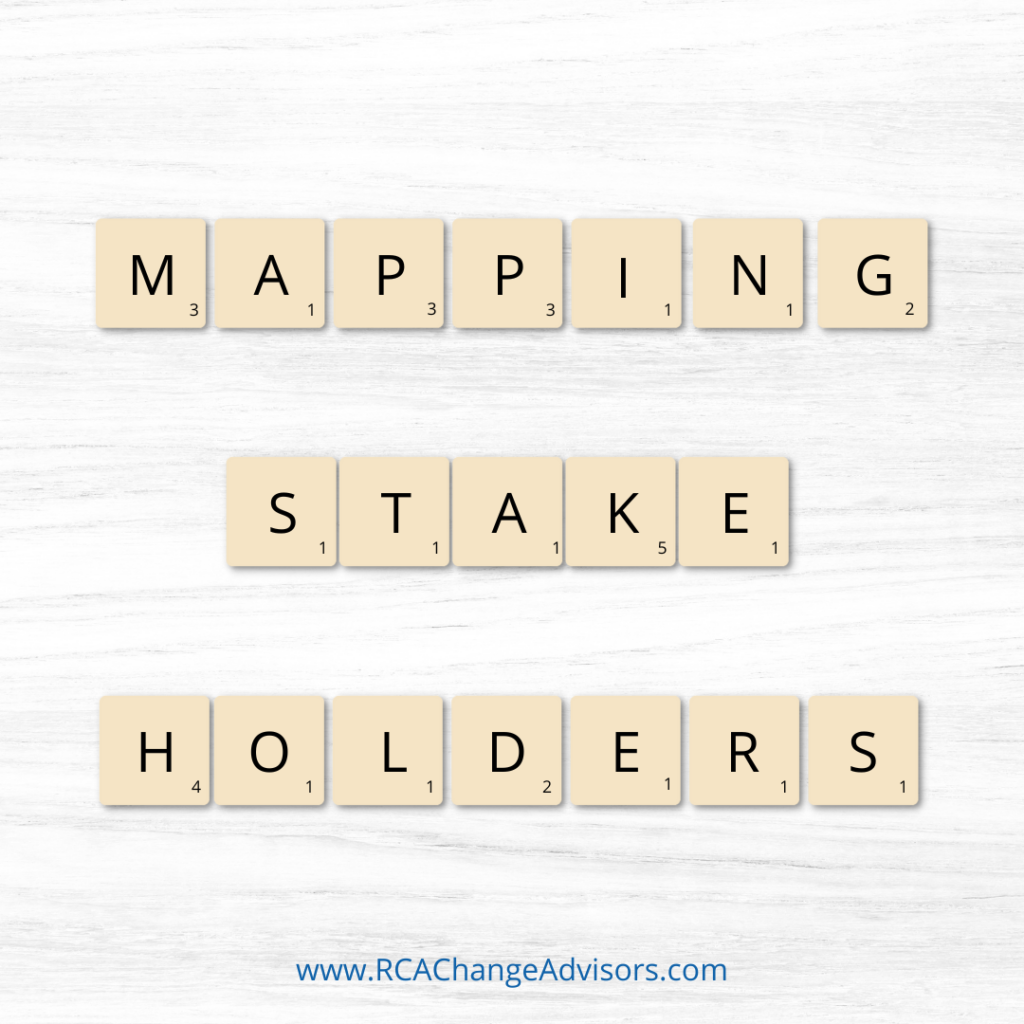Oof – that was unexpected! Who knew there was going to be so much resistance to this organizational change?
Have you ever been in this situation?
You recently launched a change initiative with great fanfare! You’ve been planning this change for a while, but the response is less enthusiastic than you were expecting. In fact, there are signs of both passive and active pushback, alerting you to discontent with what you’re trying to accomplish.
Leading change isn’t supposed to be this hard!
What’s going on?
It’s likely that the people who are affected by the change – its stakeholders – are not seeing the benefits of the change in the same way that you do. This may be as a result of poor planning and preparation. A miscalculation of stakeholder support.
This is actually fairly common in change projects. One reason for this is that it is not always possible to consult with stakeholders before a change is announced for legal reasons. So you’ve had to make some assumptions about what they will think about the changes. And your assumptions may be based on outdated data, or be blind to some factors influencing stakeholder placeholders.
The good news is that it is not too late to engage with your stakeholders!
While it is certainly optimal to assess and seek to understand the stakeholders before launching the change, engaging mid-stream can prevent further missteps, and also provide useful information on how best to adjust you plan.
What can you accomplish by mapping your stakeholders?
- Better understanding of their interests, as well as the power and influence they might have over the success of your change project
- An assessment of their support or opposition to the change
- The identification of pathways to influence the stakeholders by mobilizing the supporters, engaging those who are neutral, and finding ways to lower the influence of those who oppose the change
How can you do this?
Here’s an approach that I like to use:
- Create a list of stakeholders, paying attention to their interests as well as the sources of their power and influence
- Map out their (likely) relationship to the change process by assessing their Support and their Power/Influence over the change
- Use these insights to identify ways in which you can engage them to be more supportive of your change work
I’ve developed Mapping Stakeholders: A Leader’s Guide to Understanding Stakeholder Influence as a resource for leaders like you. It’s a free download.
If you find this helpful, contact me to learn about 10 Influencing Tactics that will help you take advantage of your stakeholder map.

